Politics
A Gaza mother’s fight to survive
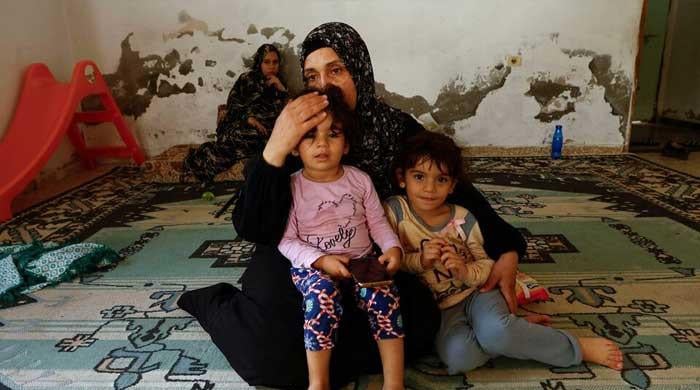
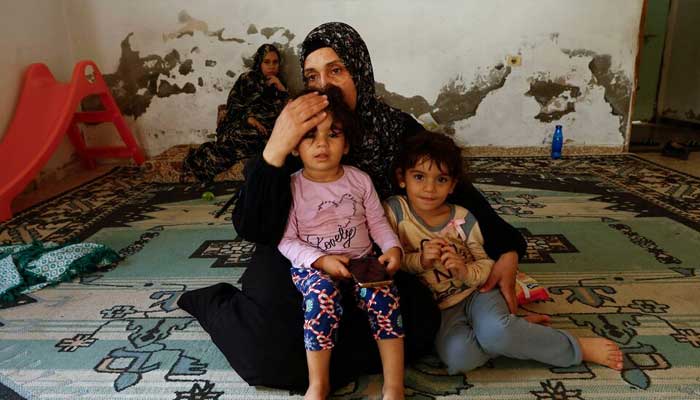
Two years of war, multiple displacements, and the deaths of her husband and father have reduced Lamis Dib’s life in Gaza to a relentless fight for survival.
“It’s indescribable,” the 31-year-old mother of two said of the war that continues to devastate the Palestinian territory.
“Friday, October 6, 2023, the last day before the war, was a beautiful day,” she recalled.
Her oldest daughter, Suwar, five at the time, had just started kindergarten, and Dib would watch her come home every afternoon from the window of their apartment in Sheikh Radwan, a middle-class neighbourhood in the north of Gaza City.
Her son Amin, then three, “was taking up all of my time”, said Dib, who would often bring him to the nearby seaside.
Dib had studied to become a social worker, but could not find a job in Gaza’s impoverished pre-war economy, partly stunted by a strict Israeli blockade since 2007.
But she had built “a happy family” with her husband, an accountant who ensured that she “never lacked anything”.
Their neighbourhood was one of the first to be hit by Israeli strikes in October 2023.
Israel’s military campaign has since killed at least 66,225 Palestinians in Gaza, also mostly civilians, according to figures from the health ministry, which the United Nations considers reliable.
The destruction in Gaza is vast, with entire neighbourhoods flattened and millions of tonnes of rubble now covering areas where families once lived.
Buildings, hospitals, schools, water and sanitation systems have borne the brunt of Israeli attacks, and the humanitarian consequences for the territory’s more than two million people have been severe.
Hundreds of thousands of homeless Gazans have crowded into shelters, makeshift camps and open areas, lacking even basic protections.
‘Race against death’
When Dib’s area was struck, she and her family fled to a nearby district —the first of a series of displacements — before leaving northern Gaza for the city of Khan Yunis in the south.
“One of the most difficult days of our lives,” Dib said, describing their long expedition along torn-up roads and through military checkpoints.
She and her children have been displaced 11 times as fighting between Israel and Hamas rages.
“Each move was a race against death, under airstrikes. It was as if I was on autopilot, I carried my kids, held them against me, and ran without looking back, without knowing where we were going,” she said.
When the family relocated to the southern city of Rafah for a time, shortages and overcrowding were the norm.
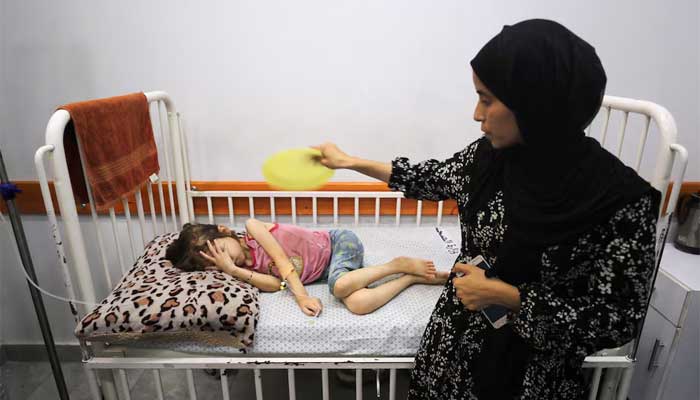
“For six months, in Rafah, 30 of us would sleep in a single room with no toilets. It was hard to express what we felt: confinement, nonstop air strikes, hunger, thirst, lack of hygiene and a total absence of privacy,” she said.
In August 2024, the family was living in the central Gaza refugee camp of Nuseirat when Dib’s life changed again.
“On a Friday at 6pm, my husband and my father were on the rooftop with five young people from the family, when we heard the sound of a missile and saw smoke,” she said.
“I ran towards the rooftop, and the scene was unimaginable; they were all dead.
“My husband’s body seemed intact, I thought he was alive. I tried to wake him up, but he had been struck in the head. And then I found my father’s body […] his hand had been blown off.”
‘A little bit of peace’
From that day on, Dib had to care for her children alone, just when life in Gaza was at its hardest.
She moved into a tent in Al-Zawayda, a camp where thousands of Palestinians share the same harsh daily life, living under tarps that flap in the wind, bake under the summer heat and leak during the winter rains.
“Everything is difficult,” she said from inside her shelter.
While her friends can appeal to their fathers or husbands for help, Dib must weather the unending financial difficulties by herself.
In May 2025, Israel eased a total blockade on supplies that it imposed in March, but the humanitarian aid trickling in since then has not been enough, the UN says.
“Our children were robbed of education, food, and a normal life,” she said as Suwar and Amin studied on her knees.
Sometimes, they look at photos of their father and relatives killed during the war on Dib’s phone.
“We’ll return to our home,” she said. “We will rebuild it, but we just want a little bit of peace.”
Like their mother, Suwar and Amin are mostly preoccupied with survival, tasked with filling up the family’s jerrycans at a temporary water station near the tent.
For them, the war’s consequences may outlast the airstrikes.
The UN’s agency for children, Unicef, estimated in 2024 that every child in Gaza was in need of psychological support.
Politics
Tajikistan says five Chinese nationals killed in cross-border attacks from Afghanistan in past week
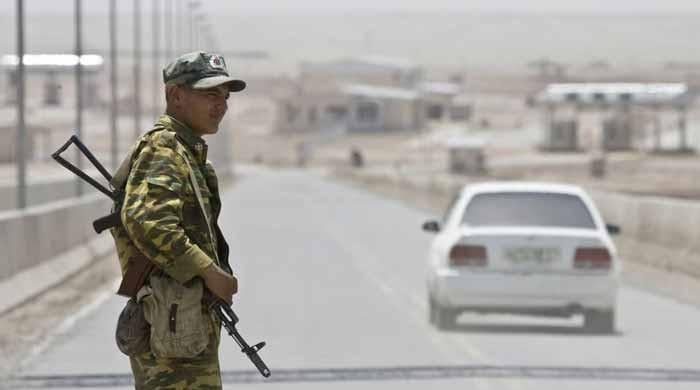
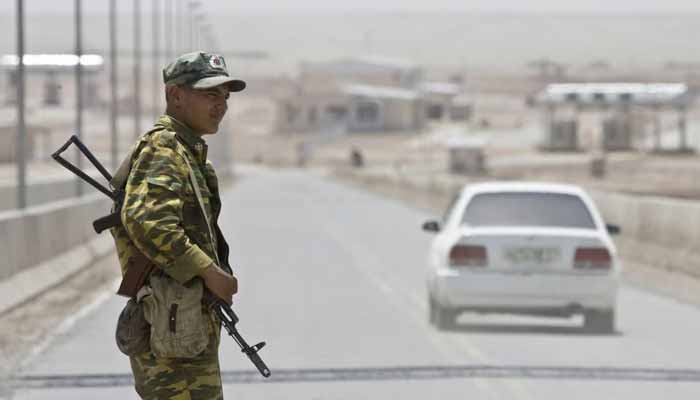
- China advises companies, personnel to evacuate border area.
- Embassy says Chinese citizens targeted in armed attack on Sunday.
- Another border attack on Friday killed three citizens: embassy.
Five Chinese nationals have been killed and five more injured in Tajikistan in attacks launched from neighbouring Afghanistan over the past week, Tajik authorities and China’s embassy in the Central Asian country said on Monday.
China’s embassy in Dushanbe, the capital, advised Chinese companies and personnel to urgently evacuate the border area.
It said that Chinese citizens had been targeted in an armed attack close to the Afghan border on Sunday. On Friday, it said that another border attack — which Tajik authorities said had involved drones dropping grenades — had killed three Chinese citizens.
Tajikistan, a mountainous former Soviet republic of around 11 million people with a secular government, has tense relations with the Taliban authorities in Afghanistan. It has previously warned of drug smugglers and illicit gold miners working along the remote frontier.
China, which also has a remote, mountainous border with Tajikistan, is a major investor in the country.
There was no immediate response on Monday from the authorities in Afghanistan to the Tajik statement.
But Afghanistan’s foreign ministry last week blamed an unnamed group, which it said was out to create instability, and said it would cooperate with Tajik authorities.
Tajik President Emomali Rahmon’s press service said on Monday that Rahmon had met with the heads of his security agencies to discuss how to strengthen border security.
It said that Rahmon “strongly condemned the illegal and provocative actions of Afghan citizens and ordered that effective measures be taken to resolve the problem and prevent a recurrence of such incidents.”
Tajikistan endured a brutal civil war in the 1990s after independence from Moscow, during which Rahmon initially rose to power. The country is closely aligned with Russia, which maintains a military base there.
Millions of Tajiks, a Persian-speaking nation, live across the border in Afghanistan, with Tajikistan historically having backed Afghan Tajiks opposed to the Taliban.
Politics
Indian man kills wife, takes selfie with dead body
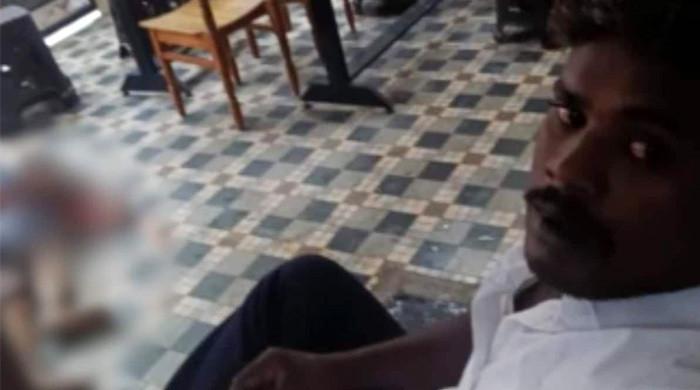

A man in India’s south brutally killed his estranged wife at a women’s hostel and took a selfie with her dead body, according to NDTV.
The victim, identified as Sripriya, employed at a private firm in Coimbatore, Tamil Nadu, had separated from her husband, Balamurugam, who was from Tirunelveli.
Police said the suspect arrived at the hostel on Sunday afternoon, concealing a sickle in his clothes, and was seeking to meet her.
They had an argument soon after the couple met, and the feud turned into a violent attack by Balamurugan, who drew the sickle and hacked the woman to death.
Furthermore, the police said he then took a selfie with her body and shared it on his WhatsApp status, accusing her of “betrayal”.
The incident spread panic and chaos in the hostel.
Following the brutal murder, the suspect did not escape from the spot but waited until the police arrived, and he was arrested at the crime scene. The murder weapon was recovered.
The initial investigation suggested that he suspected his wife of being in a relationship with another man.
Politics
Southeast Asia storm deaths near 700 as scale of disaster revealed


- Indonesia, Malaysia and Thailand witness large scale devastation.
- At least 176 people perish in Thailand and three in Malaysia.
- Indonesia’s death toll reaches 502 with 508 more still missing.
PALEMBAYAN: Rescue teams in western Indonesia were battling on Monday to clear roads cut off by cyclone-induced landslides and floods, as improved weather revealed more of the scale of a disaster that has killed close to 700 people in Southeast Asia.
Indonesia, Malaysia and Thailand have seen large scale devastation after a rare tropical storm formed in the Malacca Strait, fuelling torrential rains and wind gusts for a week that hampered efforts to reach people stranded by mudslides and high floodwaters.
At least 176 have been killed in Thailand and three in Malaysia, while the death toll climbed to 502 in Indonesia on Monday with 508 missing, according to official figures.
Under sunshine and clear blue skies in the town of Palembayan in Indonesia’s West Sumatra, hundreds of people were clearing mud, trees and wreckage from roads as some residents tried to salvage valuable items like documents and motorcycles from their damaged homes.

Men in camouflage outfits sifted through piles of mangled poles, concrete and sheet metal roofing as pickup trucks packed with people drove around looking for missing family members and handing out water to people, some trudging through knee-deep mud.
Months of adverse, deadly weather
The government’s recovery efforts include restoring roads, bridges and telecommunication services.
More than 28,000 homes have been damaged in Indonesia and 1.4 million people affected, according to the disaster agency.
Indonesian President Prabowo Subianto visited the three affected provinces on Monday and praised residents for their spirit in the face of what he called a catastrophe.
“There are roads that are still cut off, but we’re doing everything we can to overcome difficulties,” he said in North Sumatra.
“We face this disaster with resilience and solidarity. Our nation is strong right now, able to overcome this.”
The devastation in the three countries follows months of adverse and deadly weather in Southeast Asia, including typhoons that have lashed the Philippines and Vietnam and caused frequent and prolonged flooding elsewhere.

Scientists have warned that extreme weather events will become more frequent as a result of global warming.
Marooned for days
In Thailand, the death toll rose slightly to 176 on Monday from flooding in eight southern provinces that affected about three million people and led to a major mobilisation of its military to evacuate critical patients from hospitals and reach people marooned for days by floodwaters.
In the hardest-hit province of Songkhla, where 138 people were killed, the government said 85% of water services had been restored and would be fully operational by Wednesday.
Much of Thailand’s recovery effort is focused on the worst-affected city Hat Yai, a southern trading hub which on November 21 received 335 mm (13 inches) of rain, its highest single-day tally in 300 years, followed by days of unrelenting downpours.
Prime Minister Anutin Charnvirakul has set a timeline of seven days for residents to return to their homes, a government spokesperson said on Monday.
In neighbouring Malaysia, 11,600 people were still in evacuation centres, according to the country’s disaster agency, which said it was still on alert for a second and third wave of flooding.
-

 Sports1 week ago
Sports1 week agoWATCH: Ronaldo scores spectacular bicycle kick
-

 Entertainment1 week ago
Entertainment1 week agoWelcome to Derry’ episode 5 delivers shocking twist
-

 Politics1 week ago
Politics1 week agoWashington and Kyiv Stress Any Peace Deal Must Fully Respect Ukraine’s Sovereignty
-

 Business1 week ago
Business1 week agoKey economic data and trends that will shape Rachel Reeves’ Budget
-

 Politics1 week ago
Politics1 week ago53,000 Sikhs vote in Ottawa Khalistan Referendum amid Carney-Modi trade talks scrutiny
-

 Tech6 days ago
Tech6 days agoWake Up—the Best Black Friday Mattress Sales Are Here
-

 Fashion1 week ago
Fashion1 week agoCanada’s Lululemon unveils team Canada kit for Milano Cortina 2026
-

 Tech1 day ago
Tech1 day agoGet Your Steps In From Your Home Office With This Walking Pad—On Sale This Week






